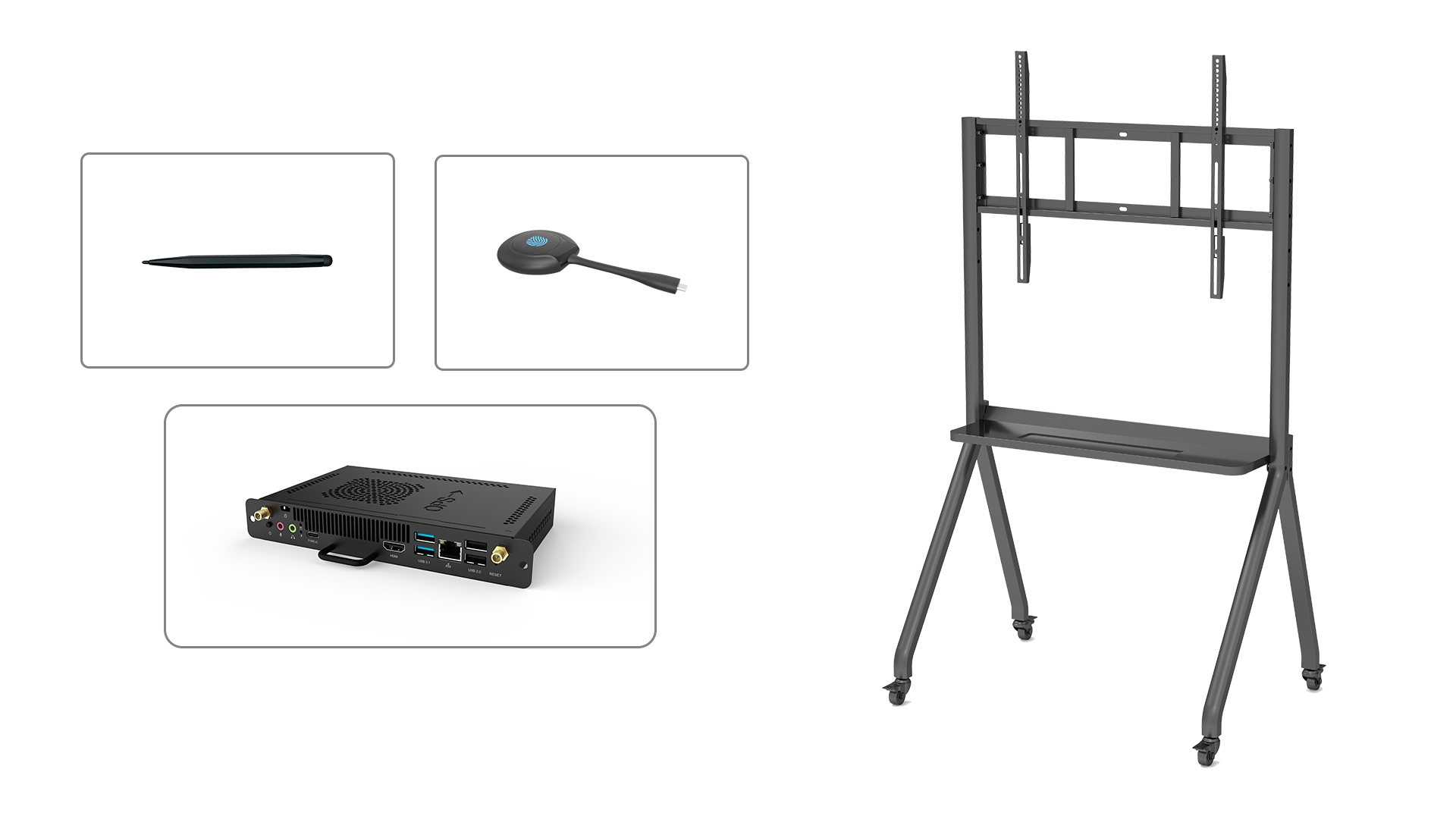Introduction
Smart boards for schools have become an essential tool in modern education. These interactive whiteboards are transforming the way teachers teach and students learn. With their advanced features and capabilities, smart boards are revolutionizing the traditional classroom environment.
Enhanced Visual Learning
One of the significant advantages of using smart boards in schools is the enhanced visual learning experience they offer. These interactive whiteboards allow teachers to display educational content in a more engaging and interactive manner. Instead of using traditional chalkboards or projectors, teachers can write, draw, and present information directly on the smart board's surface. This visual interaction captures students' attention and helps them grasp complex concepts more effectively.
Interactive Learning Activities
Smart boards facilitate interactive learning activities that encourage student participation and collaboration. Teachers can create interactive quizzes, games, and exercises on the smart board, making the learning process more enjoyable and stimulating. Students can come to the board and actively participate in solving problems, answering questions, or completing tasks. This hands-on approach fosters critical thinking, problem-solving, and teamwork skills among students.
Access to Digital Resources
Smart boards provide easy access to a vast array of digital resources, including educational websites, online videos, and interactive educational software. Teachers can integrate multimedia content into their lessons, making them more dynamic and engaging. Students can watch educational videos, explore interactive simulations, and access online resources directly from the smart board. This digital integration expands the learning possibilities and keeps students actively involved in the educational process.
Real-time Feedback
Another significant benefit of using smart boards in schools is the ability to provide real-time feedback. Teachers can instantly assess students' understanding and progress through interactive quizzes, polls, and surveys on the smart board. The immediate feedback helps teachers identify areas of improvement and adapt their teaching strategies accordingly. Students also receive instant feedback on their performance, enabling them to self-assess and make necessary adjustments.
Promoting Student Engagement and Motivation
Smart boards promote student engagement and motivation by making the learning process more interactive and dynamic. The use of multimedia content, interactive activities, and real-time feedback captures students' interest and encourages active participation. The interactive nature of smart boards also caters to different learning styles, allowing students to learn at their own pace and in their preferred format. This personalized learning experience boosts motivation and enhances overall academic performance.
Conclusion
Smart boards for schools have revolutionized education by offering enhanced visual learning, interactive activities, access to digital resources, real-time feedback, and increased student engagement. These interactive whiteboards have become an indispensable tool in modern classrooms, transforming the traditional teaching and learning methods. As technology continues to advance, smart boards will play an even more significant role in shaping the future of education.






